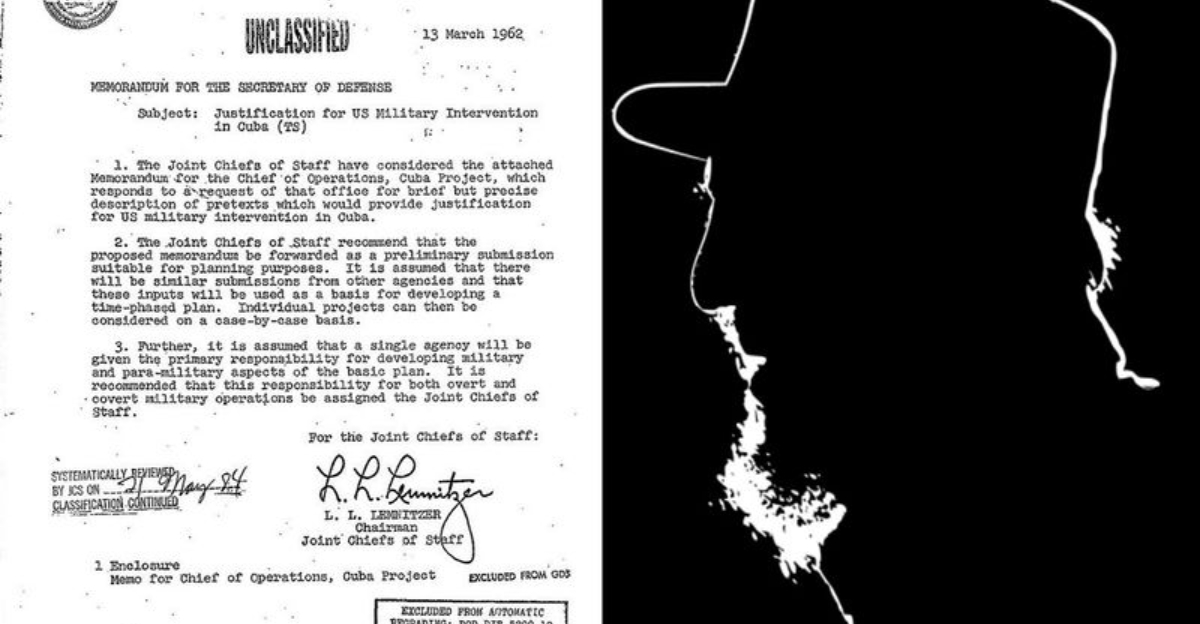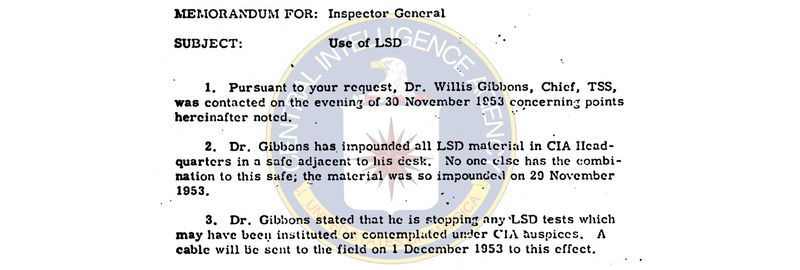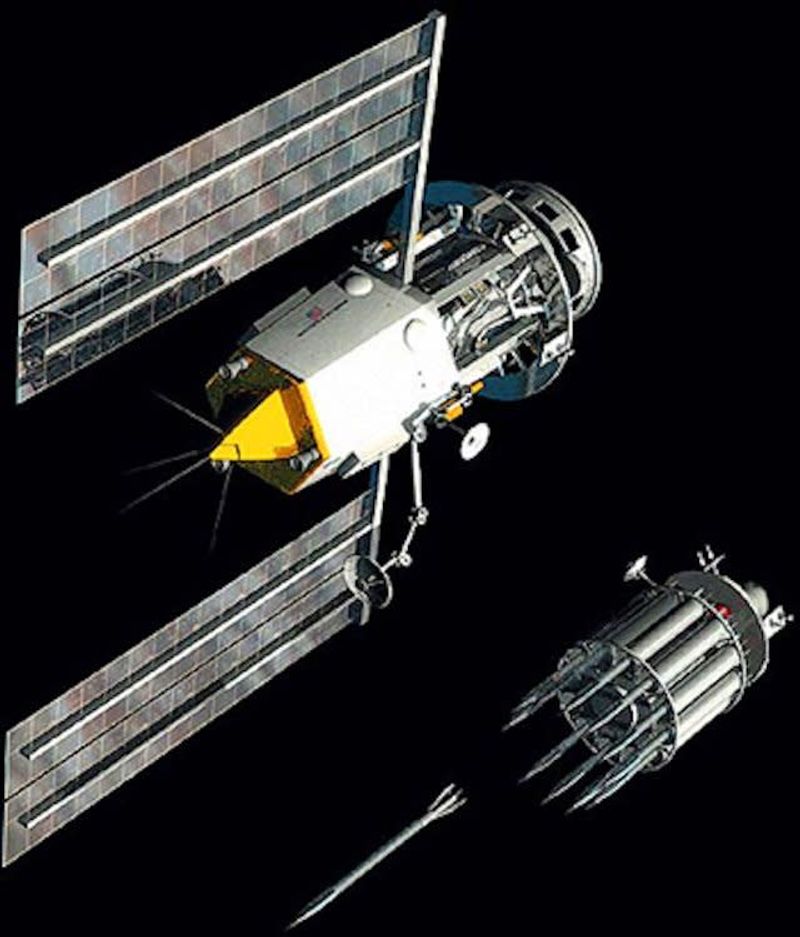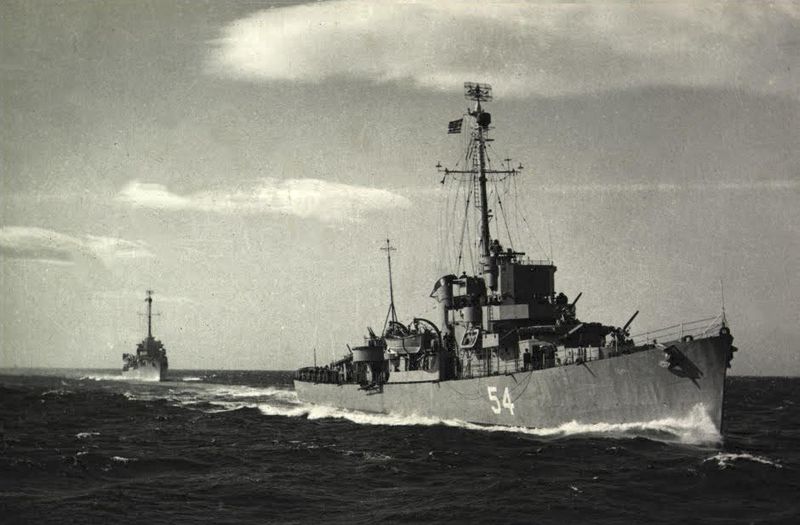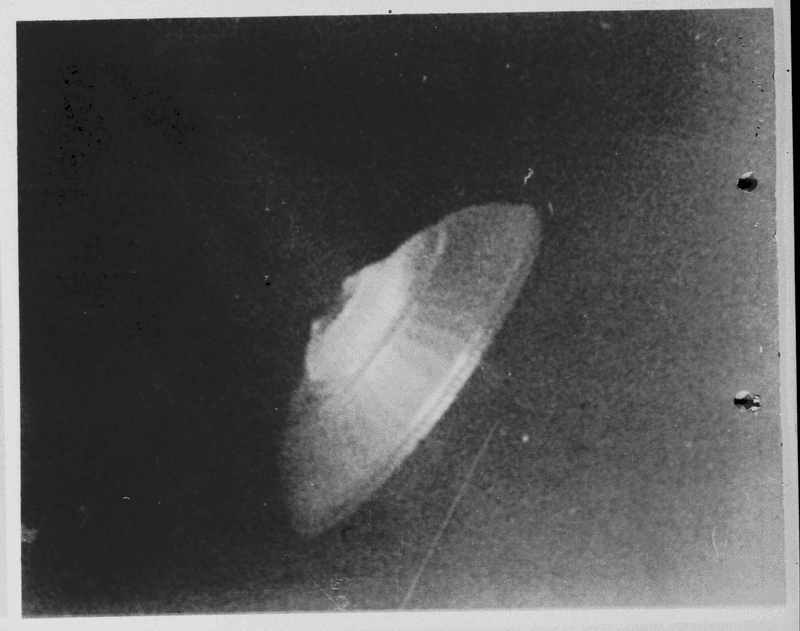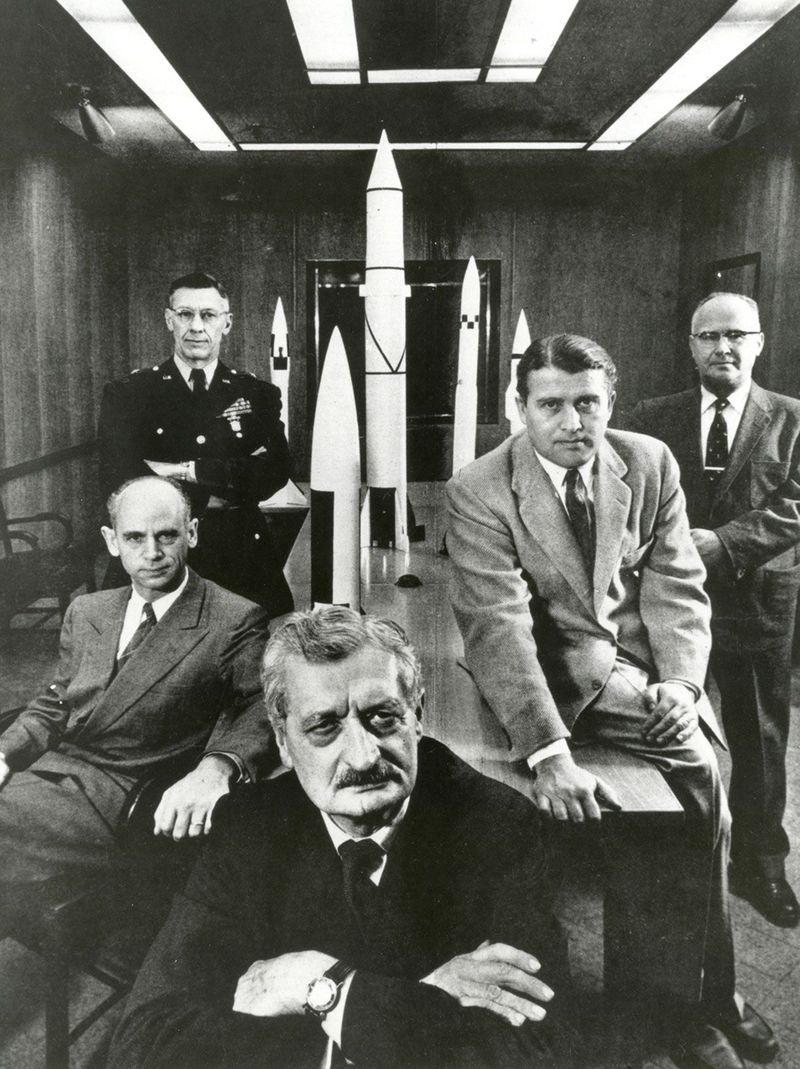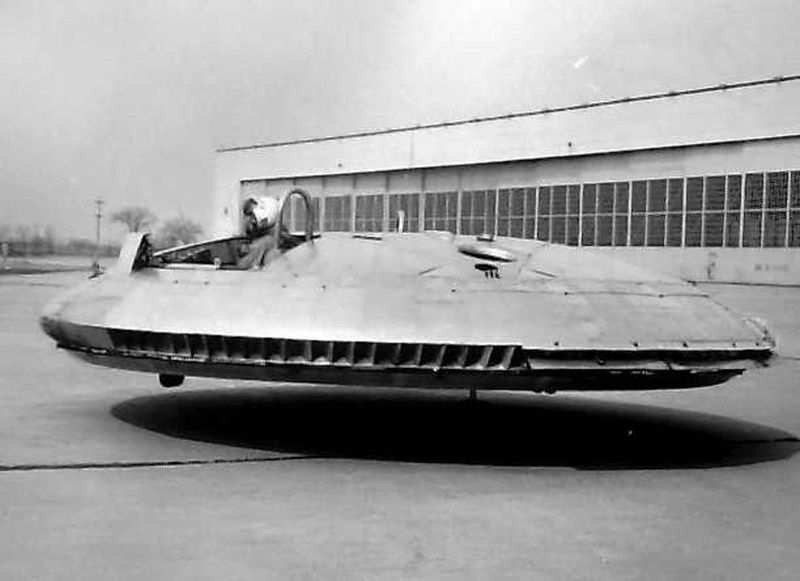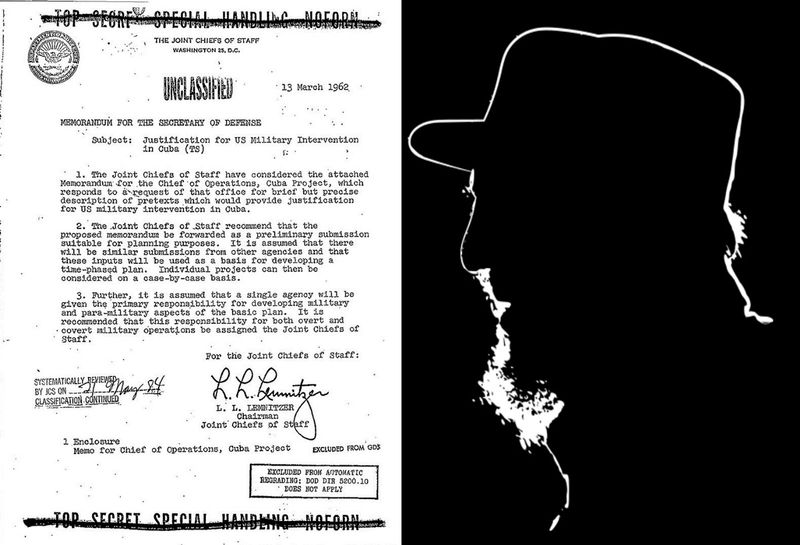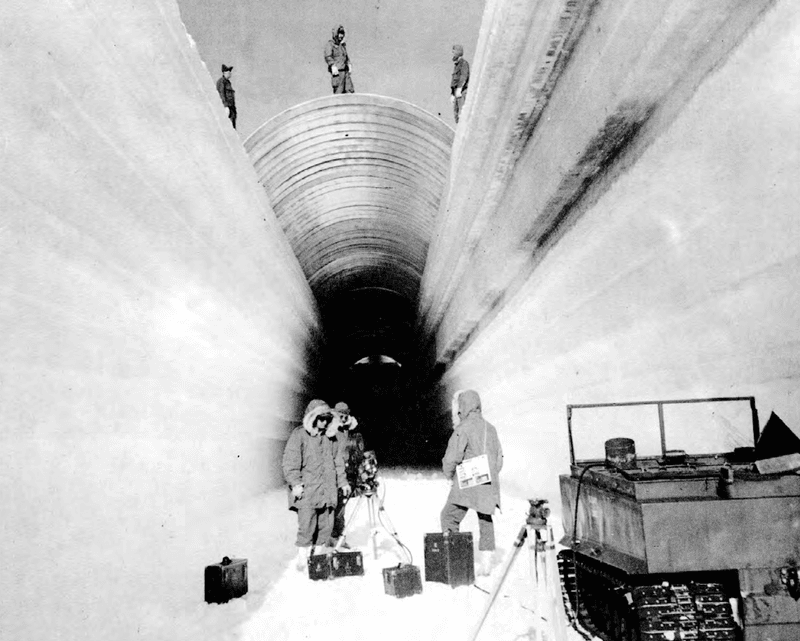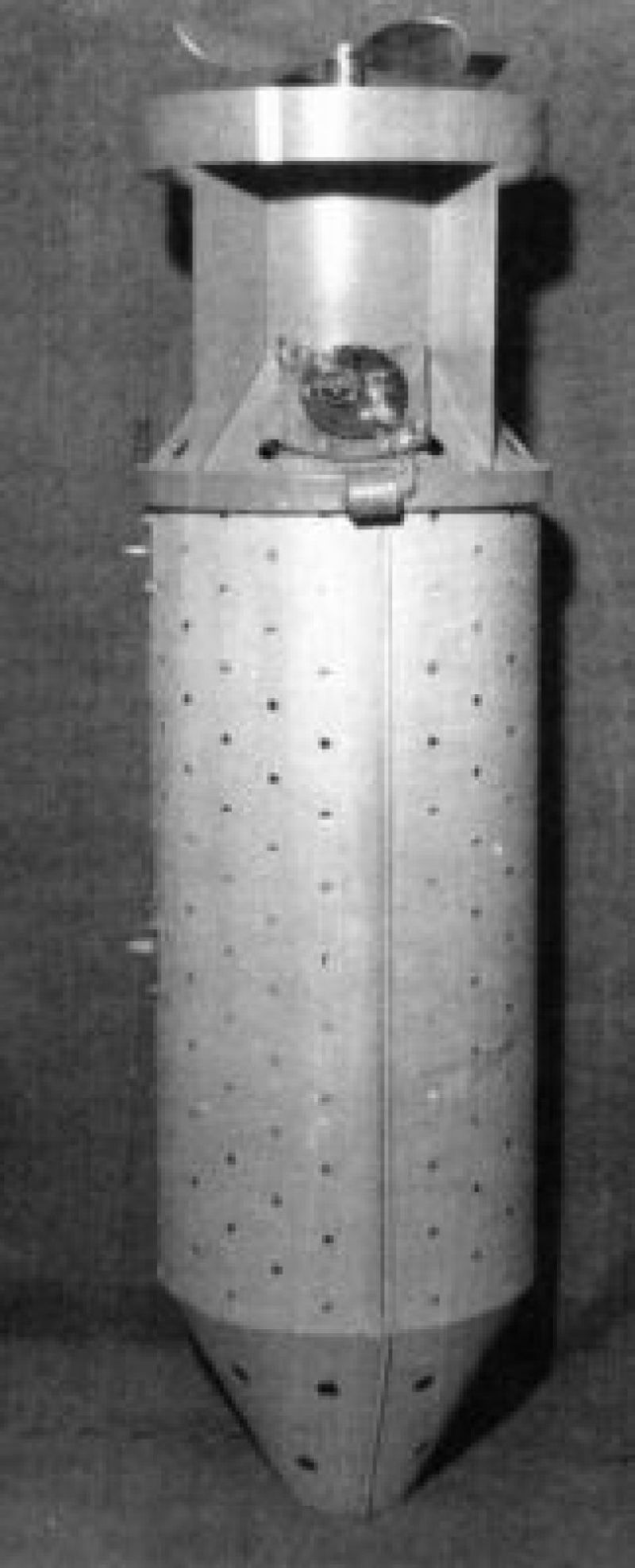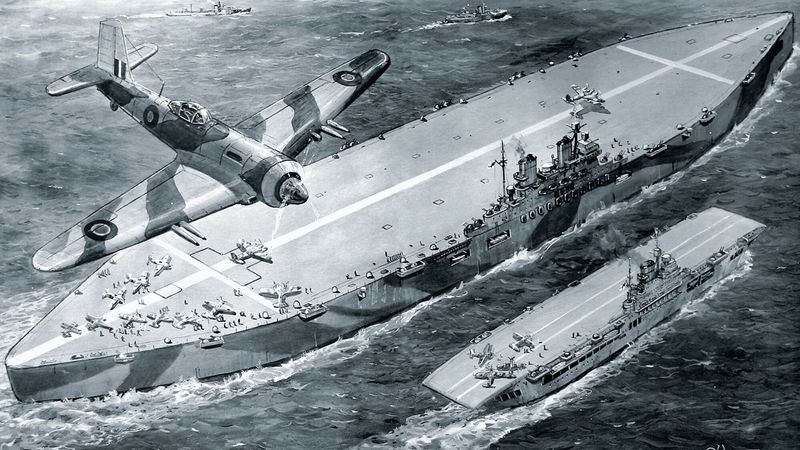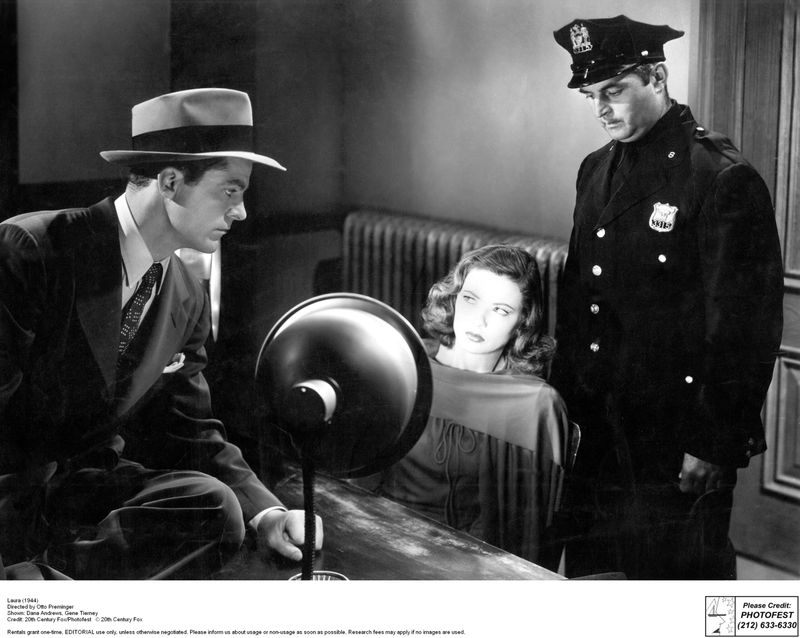Throughout history, military ambitions have often pushed the boundaries of technology and ethics. From the bizarre to the unbelievable, nations have embarked on secret projects that challenge our perception of reality. This article explores 20 military projects that sound too crazy to be true.
1. Project A119 – Nuking the Moon
In the 1950s, the U.S. Air Force devised Project A119, a plan to detonate a nuclear bomb on the Moon. Designed to showcase American might during the Cold War, it was meant to intimidate the Soviet Union by demonstrating space capabilities.
The explosion would have been visible from Earth, providing a powerful symbol of military prowess. However, the project was abandoned due to its impracticality and potential fallout concerns.
This audacious plan reflects the extreme lengths superpowers considered to assert dominance, leaving a legacy of speculative fiction and conspiracy theories.
2. Project MK-Ultra – CIA Mind Control Experiments
The CIA’s Project MK-Ultra aimed to control human behavior through mind-altering substances. Conducted in the 1950s and 60s, unsuspecting civilians were covertly given LSD and other drugs to test their effects.
Ethical boundaries were crossed, leading to public outrage when the program was exposed. The project sought to develop techniques for interrogation and psychological manipulation.
Despite its termination, the legacy of MK-Ultra lingers, inspiring countless books, films, and conspiracy theories about government overreach.
3. Project Stargate – Psychic Spies
Project Stargate was a top-secret program that trained individuals in remote viewing, hoping to use psychic abilities for espionage. Initiated by the U.S. military, it aimed to gather intelligence on Soviet activities by harnessing mental powers.
Participants attempted to visualize distant locations, with some claiming success in describing hidden installations. Although results were mixed, the project continued for over two decades.
Stargate’s story raises questions about the extent of government research into the paranormal, blending science fiction with military strategy.
4. Operation Acoustic Kitty
Operation Acoustic Kitty was the CIA’s eccentric attempt to use a cat as a mobile listening device. In the 1960s, they implanted a microphone and transmitter in a feline, hoping it would eavesdrop on Soviet targets.
Training cats for espionage proved challenging, and the project ended in failure after the cat was reportedly run over. This whimsical yet bizarre endeavor highlights the lengths to which intelligence agencies would go.
While it sounds like a spy novel, Acoustic Kitty remains a curious footnote in the history of Cold War espionage.
5. Project Thor – “Rods from God” Space Weapon
Project Thor, known as “Rods from God,” was a concept involving kinetic energy weapons. The idea was to drop massive tungsten rods from orbit, striking targets with the force of a nuclear bomb.
This futuristic weapon required no explosives, relying on sheer velocity to cause destruction. Though never realized, it represented a leap in military ambition.
Thor’s vision of celestial weaponry blurs the line between science fiction and potential future warfare, showing the relentless quest for strategic superiority.
6. The Philadelphia Experiment
The Philadelphia Experiment is an alleged U.S. Navy project rumored to have made the USS Eldridge invisible. According to lore, the ship not only vanished from sight but was teleported to another location.
While there’s no evidence supporting these claims, the story endures in popular culture, fueling decades of speculation and debate.
Whether myth or reality, the Philadelphia Experiment captures the imagination, representing the mysterious blend of wartime innovation and supernatural possibility.
7. Project Pluto – The Flying Nuclear Reactor
During the Cold War, Project Pluto aimed to develop a nuclear-powered cruise missile. This terrifying weapon was designed to fly for months, unleashing devastation over vast areas.
Powered by a nuclear reactor, it could travel enormous distances, avoiding detection and interception. Although never deployed, Pluto exemplified the era’s doomsday engineering.
The project’s cancellation reflected concerns over its safety and potential for catastrophic accidents, leaving behind a legacy of ambitious yet terrifying technological advancement.
8. HAARP – Weather Control Facility
The High-Frequency Active Auroral Research Program (HAARP) in Alaska sparked conspiracy theories about weather control and mind manipulation. Officially a research project studying the ionosphere, its capabilities have been exaggerated by skeptics.
While HAARP’s purpose is scientific, its mysterious nature has led to suspicions of clandestine government activities.
Whether seen as cutting-edge research or a tool of control, HAARP remains a focal point for those intrigued by the intersection of science and conspiracy.
9. Project Blue Book – Investigating UFOs
Project Blue Book was the U.S. Air Force’s investigation into unidentified flying objects. Running from 1952 to 1969, it sought to determine if UFOs posed a threat to national security.
Out of thousands of reports, most were explained as natural phenomena or man-made objects. However, a small percentage remained unexplained, fueling ongoing UFO fascination.
Though the project ended, Blue Book’s legacy persists, embodying the balance between scientific inquiry and the allure of the unknown.
10. Operation Paperclip – Recruiting Nazi Scientists
Following WWII, Operation Paperclip aimed to recruit German scientists, including former Nazis, for U.S. research programs. Over 1,600 scientists were brought to America, contributing to space and weapons development.
The operation was controversial due to the ethical implications of collaborating with former enemies. Yet, the knowledge gained significantly advanced U.S. technology.
Paperclip’s story highlights the complexities of post-war alliances, where pragmatic decisions often collided with moral considerations.
11. Project 1794 – U.S. Flying Saucer Program
Project 1794 attempted to build a supersonic flying saucer, capable of reaching Mach 4 and altitudes of 100,000 feet. The U.S. Air Force envisioned a futuristic vehicle for reconnaissance and warfare.
Despite its ambitious goals, technical limitations led to the project’s abandonment. The saucer’s design still captivates imaginations, symbolizing an era of innovative aerospace exploration.
1794’s legacy endures as a testament to the creative, albeit sometimes impractical, visions of Cold War-era engineering.
12. The Manhattan Project – Creating the First Atomic Bomb
The Manhattan Project was a vast, secret endeavor during WWII to develop the atomic bomb. Involving over 130,000 people, it marked a pinnacle of scientific collaboration and military strategy.
The successful detonation in 1945 changed warfare forever, introducing nuclear weapons to the world stage. The project’s scale and secrecy were unprecedented, reflecting the intense pressures of wartime innovation.
The Manhattan Project remains a pivotal episode in history, symbolizing both human ingenuity and the devastating power of nuclear technology.
13. Operation Northwoods – Faking Attacks to Justify War
Operation Northwoods was a controversial plan proposing false-flag terrorist attacks to justify U.S. military action against Cuba. Devised by the Department of Defense in the 1960s, it included staged attacks on American soil.
President Kennedy ultimately rejected the plan, citing moral and ethical concerns. The declassified documents reveal the lengths some officials considered to achieve geopolitical goals.
Northwoods’ story underscores the tension between national security strategies and ethical boundaries, highlighting the complexity of Cold War-era decision-making.
14. Project Iceworm – Nuclear Missiles Under the Ice
Project Iceworm was an ambitious plan to hide nuclear missiles beneath Greenland’s ice. Initiated in the 1960s, it sought to establish a strategic advantage during the Cold War.
Engineers designed a vast network of tunnels and chambers, but shifting ice made the project unviable. However, the concept illustrated innovative thought in military strategy.
Iceworm remains a fascinating example of Cold War ingenuity, where natural environments were considered potential allies in geopolitical maneuvering.
15. DARPA’s Silent Talk – Telepathic Soldiers
DARPA’s Silent Talk aimed to develop brain-to-brain communication for soldiers, pushing the boundaries of battlefield technology. This futuristic project sought to enable telepathic command and control.
Though in early stages, the research explored neural interfaces and non-verbal communication methods. The potential for silent, instantaneous coordination presented a new frontier in military tactics.
Silent Talk reflects DARPA’s role in pioneering cutting-edge technology, embodying the quest for enhanced human-machine interaction.
16. Operation LAC – Spraying Cities with “Harmless” Chemicals
Operation LAC involved the secret spraying of chemicals over U.S. cities to study biological weapon dispersal. Conducted in the 1950s, the military claimed the substances were harmless.
Public awareness of these tests raised concerns about safety and ethical transparency. The operation demonstrated the lengths to which military research might go, often without public consent.
LAC’s legacy continues to spark debate over government accountability and the ethics of experimental warfare techniques.
17. Project X-Ray – Bat Bombs
Project X-Ray was a WWII initiative to use bats for delivering incendiary bombs. The U.S. military planned to release bats over Japanese cities, where they would roost in buildings before detonating.
Though ingenious in concept, the project faced logistical challenges, and traditional bombing strategies were favored.
X-Ray’s peculiar approach to warfare reflects creative problem-solving amidst the urgency of wartime innovation.
18. Project Habakkuk – Aircraft Carriers Made of Ice
Project Habakkuk explored the construction of aircraft carriers made from ice and wood pulp. Proposed by the British during WWII, these floating fortresses were intended to withstand submarine attacks.
The concept involved massive, unsinkable platforms, but practical challenges led to its abandonment.
Habakkuk stands as a symbol of innovative maritime engineering, showcasing the imaginative problem-solving of the wartime era.
19. Project Chatter – Truth Serums
Project Chatter was a U.S. Navy initiative to explore the use of drugs like mescaline and scopolamine as truth serums. Launched during the Cold War, it aimed to enhance interrogation techniques.
The project revealed ethical dilemmas, as subjects were often unaware of their participation. Despite limited success, the research contributed to ongoing debates about coercive methods.
Chatter’s exploration of chemical interrogation underscores the complex interplay between scientific curiosity and moral responsibility.
20. Black Budget Projects – The Classified Unknown
The term ‘Black Budget Projects’ refers to classified military programs funded without public knowledge. These initiatives cover a wide range of technologies, from stealth drones to hypersonic weapons.
Operating under secrecy, the projects often spark intrigue and speculation about their true nature.
The mystery surrounding these programs fuels public fascination, representing the ongoing balance between national security and transparency.
